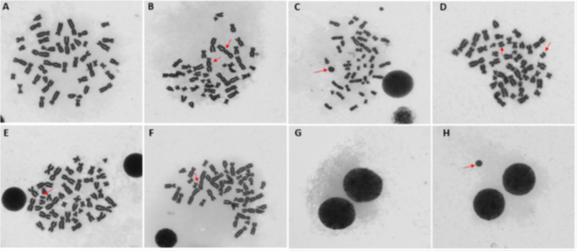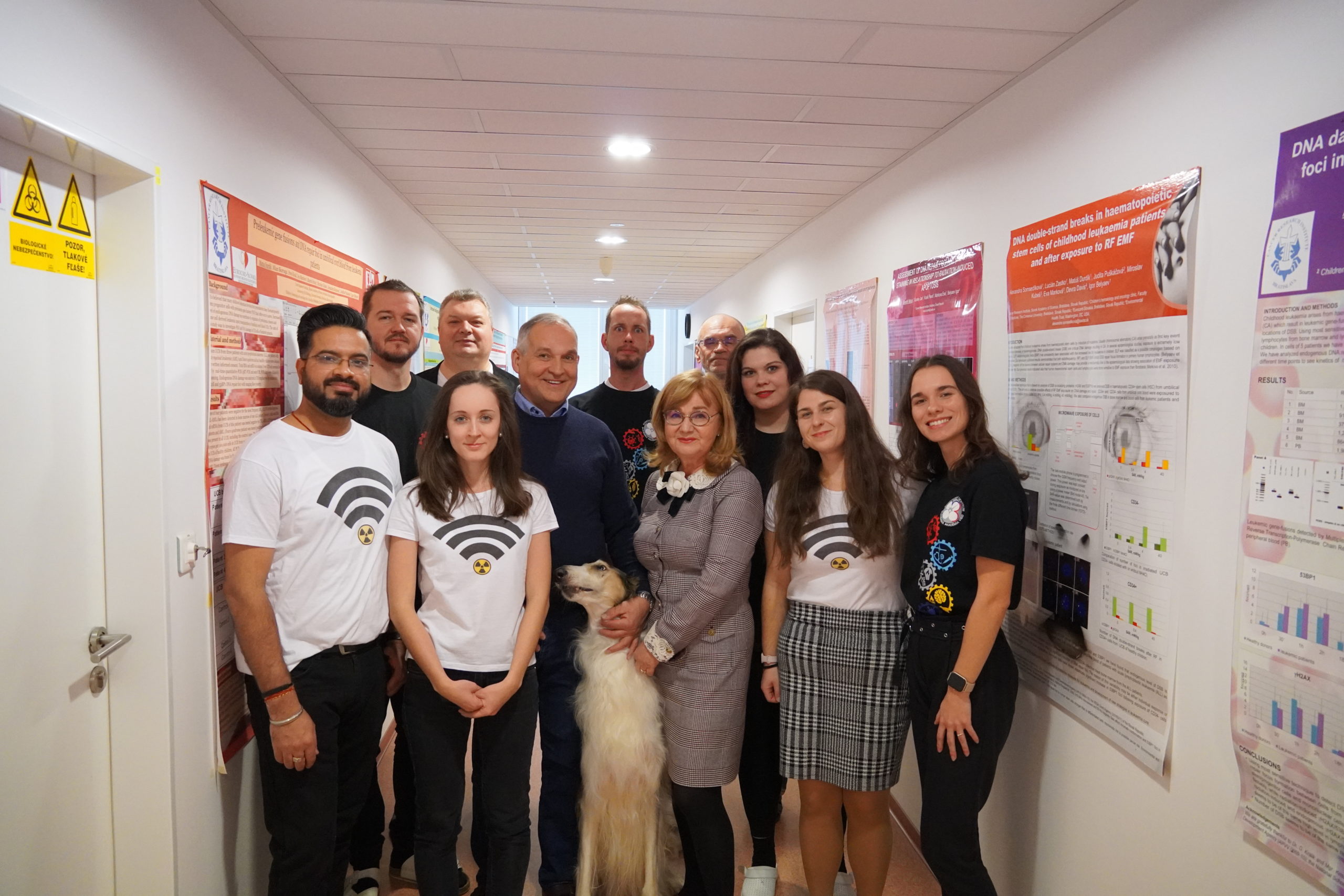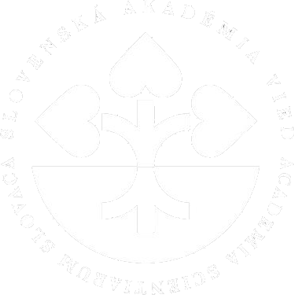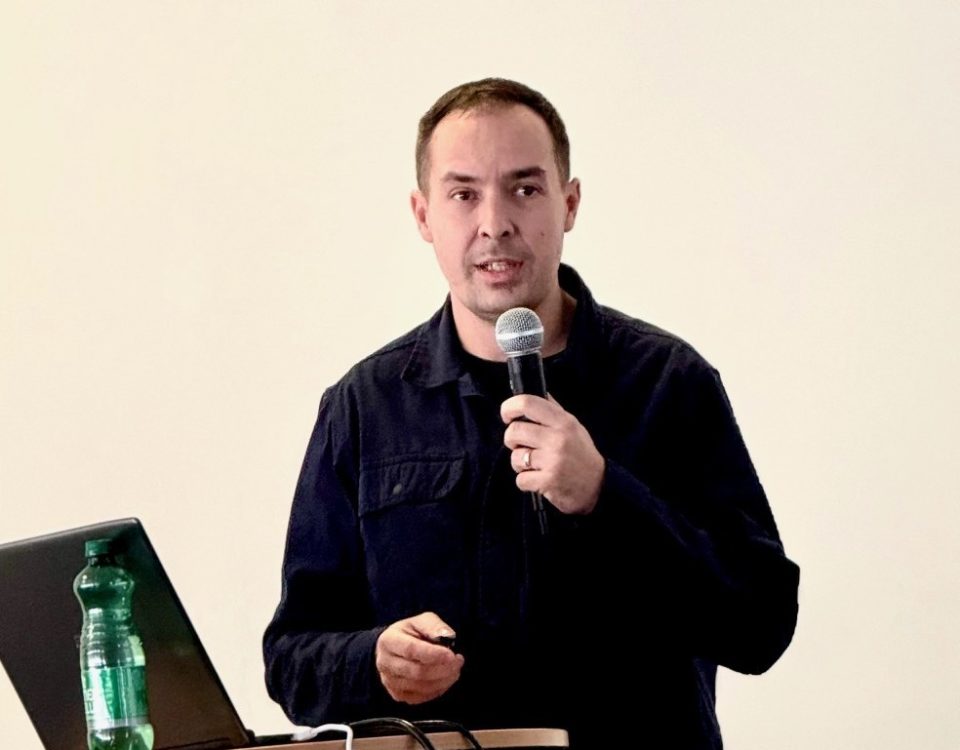This website uses cookies so that we can provide you with the best user experience possible. Cookie information is stored in your browser and performs functions such as recognising you when you return to our website and helping our team to understand which sections of the website you find most interesting and useful.
Radiofrequency radiation from 3G and 4G transmitters affects DNA damage

Metaphase chromosomes on which we observed the level of genetic instability in humans living near base stations: normal metaphase without signs of damage (A); examples of different chromosomal aberrations such as dicentric chromosomes (B), circular chromosome (C), acentric chromosome (D), chromosomal fragments (E) and chromatid gap (F). Micronucleus assay for the determination of permanent DNA damage. Binucleated cells blocked in the process of cell division, arrest of cellular but not nuclear division produces binucleated cells (G), representative image of a micronucleus (H).
Today is the World Cancer Day and on this occasion we would like to present interesting results of research of our Radiobiology Department under the leadership of Dr. Igor Beliaev on the influence of radiofrequency radiation from 3G and 4G transmitters on the increase of DNA damage in people living in their immediate vicinity.
As part of the international ATHEM-03-GEN project, Dr. Beliaev’s team compared two groups of people in southern Germany, one living within 160 meters of cellular transmitters and the other more than 490 meters away.
They concluded that the higher the dose of radiofrequency radiation from GSM and LTE transmitters people were exposed to, i.e. the closer they lived, the more chromosomal aberrations – i.e. defects in genetic material – they had.
“Our results showed an increased level of structural chromosomal aberrations, such as dicentric chromosomes, chromatid breaks and gaps, as well as the occurrence of chromatid fragments in people living close to base stations, i.e. transmitters,” says Dr. Igor Beliaev.
These defects may or may not lead to cancer. Further long-term research is needed to confirm this hypothesis.
The results have been published in the journal Ecotoxicology and Environmental Safety and are the best publication of our Institute of Experimental Oncology in an international collaboration in the past year.
Although electromagnetic radiation is classified as a potential carcinogen (2B) by the International Agency for Research on Cancer (IARC), the impact of this radiation, which is emitted both by mobile phones and by transmitters used in mobile communications, is still not satisfactorily investigated and published results often differ in their conclusions.
Among the most likely effects of this radiation is oxidative stress, which can lead to DNA damage. In the study, Dr Igor Belyaev’s team analysed oxidative stress and genetic instability in the form of chromosomal changes.
Partners from Germany and Austria participated in the research.
Publication:
Sachin Gulati – Wilhelm Mosgoeller – Dietrich Moldan – Pavol Kosik – Matus Durdik – Lukas Jakl – Milan Skorvaga – Eva Markova – Dominika Kochanova – Katarina Vigasova – Igor Belyaev. Evaluation of oxidative stress and genetic instability among residents near mobile phone base stations in Germany. In Ecotoxicology and Environmental safety, 2024, vol. 279 (2023: 7.07 – IF, Q1 – JCR, 1.42 – SJR, Q1 – SJR). ISSN 0147-6513.
https://pubmed.ncbi.nlm.nih.gov/38820877/
See more about this research in the documentary The digital dilemma from minute 1:21:15.
Text: E. Rybárová, BMC SAV, v. v. i.
Photo: Ing. doc. Igor Beliaev, DrSc.; E, Rybárová, BMC SAV, v. v. i.

Team Radiobiology of Dr. Igor Beliaev (in the middle).








